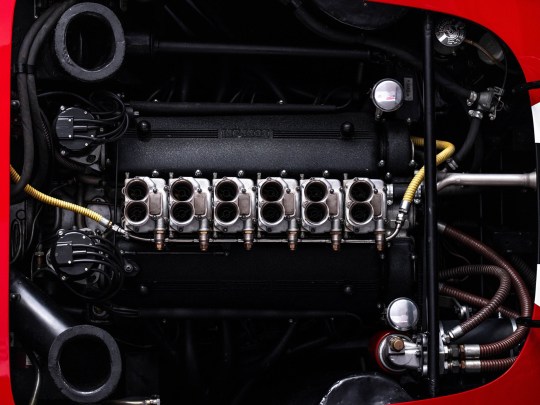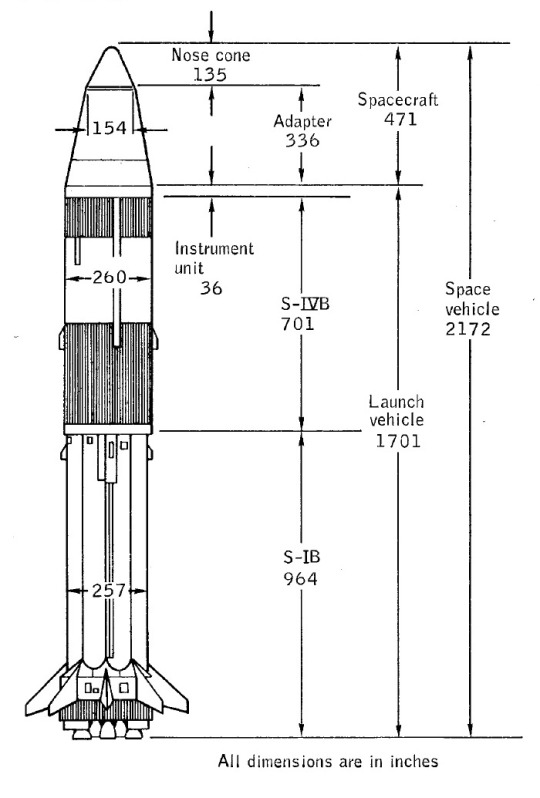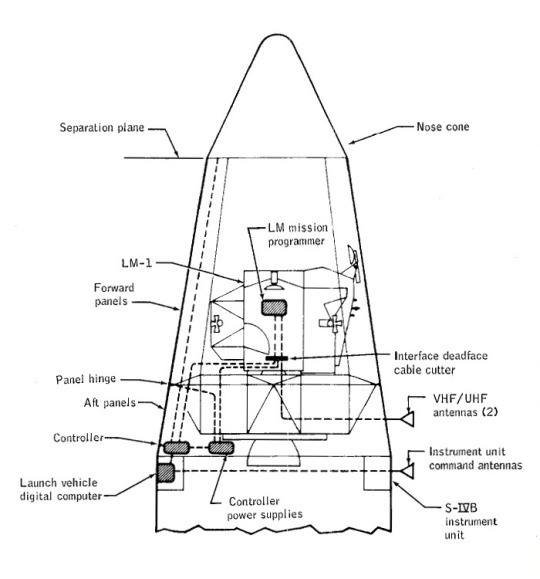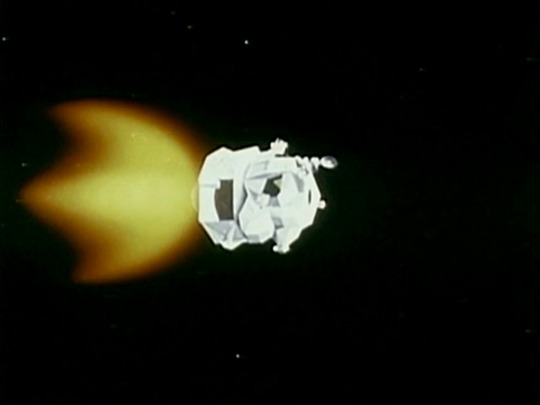#330 lm
Text

Lusso Omologato SilhouetteHistory
Silhouettes of 1962 Ferrari 250 GTO, GT Lusso and 1963 Ferrari 300 LM Berlinetta
Home | Posters | Special Tees | Facebook | Instagram
#silhouettehistory#ferrari#ferrari 250 gto#ferrari 250 gt lusso#ferrari 330 lm#250#gto#gt#lm#330#250 gt#250 gto#250 gt lusso#330 lm#sports car#race car#italian cars#car#silhouette#history
3 notes
·
View notes
Text





...and it sells for...$51,705,000
https://rmsothebys.com/en/auctions/gt23/the-one---1962-ferrari-gto/lots/r0001-1962-ferrari-330-lm-250-gto-by-scaglietti/1392907
4 notes
·
View notes
Text
1962 Ferrari 330 LM / 250 GTO by Scaglietti
0 notes
Text







1962 Ferrari 330 LM / 250 GTO by Scaglietti
Sold at auction for $51,705,000 USD |
#Ferrari#1962 Ferrari 330 LM / 250 GTO by Scaglietti#automobile#car#classic car#sports car#Italian sports car#luxury#luxury car#luxury living#luxury lifestyle#red#beauty#beautiful#sexy
14 notes
·
View notes
Text












1962 Ferrari 330 LM / 250 GTO by Scaglietti
With just 36 in existence, the 250 GTO is a coveted motorcar. However, this example is even more special, thanks to its 4.0-liter engine.
It's the only example initially fitted with the larger displacement motor, unlike the 3.0-liter found in the other cars. However, the original engine made way for a 3.0-liter Colombo V12, which remains under the hood today.
This car placed second overall in the 1962 Nurburgring 1000km race, and competed in the 24 Hours of Le Mans in the same year, surviving 56 laps before a crash ended the car's race.
Courtesy: RM Sotheby’s
#art#design#luxury cars#luxury lifestyle#supercars#sport cars#luxurycars#luxurylifestyle#supercar#luxurycar#ferrari#1962#ferrari 330LM/250GTO#scaglietti#sportcars#sportcar#nurburgring#racecars#racecar#250GTO#collector's#rmsothebys
845 notes
·
View notes
Text
1962 330 LM 250 GTO 🇮🇹



1962 330 LM 250 GTO 🇮🇹
69 notes
·
View notes
Text








La Ferrari 330 LM / 250 GTO 1962 Scaglietti est arrivée chez Sotheby's.
63 notes
·
View notes
Text



#ferrari#gto#epensive#80millions#mostexpensivecar#250gto#ferrarigto#ferrari250gto#ferrari70#historic#legend#legendary#pro#supercar#50milliondollarscar#cars#car#fast car#supercars#fast cars#classic#classic car#330 lm
47 notes
·
View notes
Text
Apollo Missions: Apollo 5

A schematic highlighting the major milestones of the Apollo 5 mission to test LM-1.

Diagram of the Saturn IB used for the unmanned LM-1 test flight.
"A nearly perfect performance by the Saturn IB placed the S-IVB-204 stage and its LM-1 payload into an initial 163 by 222 kilometer orbit with an inclination of 31.6° following 10 minutes and 3.3 seconds of powered flight. After 35 seconds in orbit, the nose cone was successfully jettisoned with the four panels of the SLA deployed 9 minutes and 15 seconds later. LM-1 used its RCS to separate from S-IVB-204 at 23:38:58 GMT about halfway through its first revolution and into a 167 by 224 kilometer orbit. After separation, LM-1 changed its attitude to cold soak its propulsion system for the next two orbits.

Diagram showing the configuration of LM-1 inside of its Spacecraft Launch Adapter (SLA).

An artist conception of LM-1 separating from its spent S-IVB stage.
With its primary duties concluded, S-IVB-204 performed a number of engineering tests including the dumping of residual cryogenic propellants and helium pressurant through the stage’s J-2 engine. This procedure would help lighten the stage for easier control in orbit and prepare future S-IVB stages for use as a 'wet' orbital workshop as proposed for the Apollo Application Program which was planned to follow the initial Apollo lunar landing missions (a program which later evolved into Skylab). After the propellant dump was successfully completed at 01:19:33 GMT on January 23, the stage was in a 155 by 223 kilometer orbit. Although it was not tracked, the orbit of S-IVB-204 was expected to decay ten revolutions after the separation of LM-1 about 15½ hours after launch.
Following the three-hour cold soak of LM-1, a pair of burns were planned for the descent propulsion system (DPS) followed by two burns of the ascent propulsion system (ASE). The first 39-second burn of the DPS would start at a throttle setting of 10% then ramp up to full thrust for the last 12 seconds to simulate the initial deorbit burn which would start the descent towards the lunar surface. The second firing of the DPS would last for 739 seconds and use a series of throttle settings representative of an actual descent to the lunar surface. Immediately afterwards, the abort staging would be tested with an initial five-second burn of the APS. A subsequent firing of the APS would continue until the stage’s propellants were depleted after about 445 seconds completing the primary mission about 6½ hours after launch. Because the LM ascent stage was expected to be left in a comparatively long-lived 315 by 815 kilometer orbit after the completion of the last APS burn, extended mission activities were planned until the ascent stage depleted its consumables about seven hours later.
At 02:47:49 GMT on January 23 (just shy of four hours after liftoff), LM-1 was commanded to start the first of two planned burns of the DPS but the engine unexpectedly shutdown after firing for only four seconds leaving the spacecraft in a 170 by 222 kilometer orbit instead of the planned 215 by 330 kilometer orbit. After examining the telemetry, ground controllers quickly located the source of the problem. The LM’s guidance computer had been programmed to abort the maneuver and shutdown the DPS if it did not provide the expected acceleration level after four seconds – a situation which would normally indicate a problem with the DPS. Because the pressure-fed propulsion system was purposely running at lower than nominal pressure for these tests, it would now take six seconds to reach full thrust. It was this oversight which resulted in the premature shutdown of the DPS.

Cutaway diagram of LM-1 used for the first unmanned test flight of the Lunar Module (LM)
As a result of the problem, a preplanned alternate mission was adopted by ground controllers which would meet the minimum mission requirements while keeping LM-1 in touch with tracking stations for key maneuvers. With the guidance system deactivated, the DPS was ignited by ground command for a 33-second burn at 04:58:49 GMT during the fourth revolution. The second burn of the DPS for the alternate mission sequence was commanded at 04:59:54 GMT for an abbreviated 28-second burn. This was followed by the abort staging test and a 60-second burn of the APS. All systems worked as intended during this alternate mission’s three burns. The 228 meter per second total change in velocity from these three propulsive maneuvers boosted LM-1 into a 172 by 961 kilometer orbit.

An artist conception of the firing of the LM descent propulsion system (DPS) during the Apollo 5 mission.
After these first three firings of the propulsion systems, the primary control system was reactivated for the balance of the mission. Unfortunately the guidance computer, which had been in a passive mode during the abort staging, had not taken into account the change in spacecraft mass and used excessively long burns of the RCS to control attitude as if it had a fully loaded descent stage still attached. This resulted in higher than expected RCS usage and eventual propellant depletion after only about an hour. Fortunately the RCS could be configured to draw from the APS propellant supply to provide attitude control during the mission’s final burn. Because of the timing and other requirements of the burns in the alternate mission plan, this second burn of the APS would be in the retrograde direction which would send the spacecraft into Earth’s atmosphere ending the Apollo 5 mission.

Flight Director Gene Kranz (left) and Dr. Gilruth (right) shown in the Mission Control Center at the conclusion of the Apollo 5 mission
With the ground track of LM-1 beginning to drift beyond the mission’s tracking stations due to the one-orbit delay to implement the alternate mission, the remainder of the mission had to be completed by the next revolution. The second burn of the APS started at 06:32:20 GMT during the fifth revolution. As planned, the sequencer automatically closed the valves supplying the RCS with propellant about 161 seconds later. Without attitude control, the ascent stage began to tumble as the APS continued to fire for another 190 seconds before its propellants were finally depleted. The last telemetry was received from LM-1 at 06:40:18 GMT on January 23 ending the Apollo 5 mission 7 hours, 52 minutes and 10 seconds after launch. The LM-1 ascent stage reentered the Earth’s atmosphere and was destroyed over the Pacific Ocean some 640 kilometers off the coast of Central America. The inactive descent stage of LM-1 fell from orbit on February 12.

"Map showing the ground track of the Apollo 5 mission as flown and the location of tracking stations supporting the mission.
Although the Apollo 5 mission had encountered problems forcing a switch to an alternate mission plan, the overall performance of LM-1 was good enough to satisfy the mission’s main objectives. And with the requirement to certify the LM for crewed test flights satisfied, a potential second unmanned test flight with LM-2 was cancelled allowing one more mission to be cut from the Apollo program’s increasingly tight schedule. With LM-2 being unsuitable for manned flight without significant reworking to meet new requirements in the wake of the Apollo 1 fire, it was set aside as work continued on LM-3 for the first manned LM test flight on Apollo 9."
-information from DrewExMachina: link
#Apollo 5#Lunar Module#LM-1#SLA-7#Saturn IB#SA-204#Rocket#NASA#Apollo Program#B-type mission#January#1968#my post
37 notes
·
View notes
Text

Ferrari Friday; '64 250 LM with 330 GT 2+2 at the Maranello Factory
5 notes
·
View notes
Text
Rare Vintage Ferrari 330 LM, Worth Millions, to Hit Auction Block!
#Ferrari330LM #vintageFerrari
0 notes
Text
Dopo un film di Fellini sparisce nel nulla. Caccia a una Ferrari oro del '65
AGI – Toby Dammit è ubriaco e confuso. Guida una Ferrari 330 LM carrozzata Fantuzzi che gli è stata offerta per fargli accettare la parte in un film western. È questa la trama di uno degli episodi del film di Federico Fellini “Tre passi nel delirio”, del 1968.
Terence Stamp, che veste i panni del protagonista, spinge sull’acceleratore per girare la scena della folle corsa che finirà con uno…

View On WordPress
0 notes
Text
1962 Ferrari Brings $51.7 Million at Sotheby’s
0 notes
Text
0 notes
